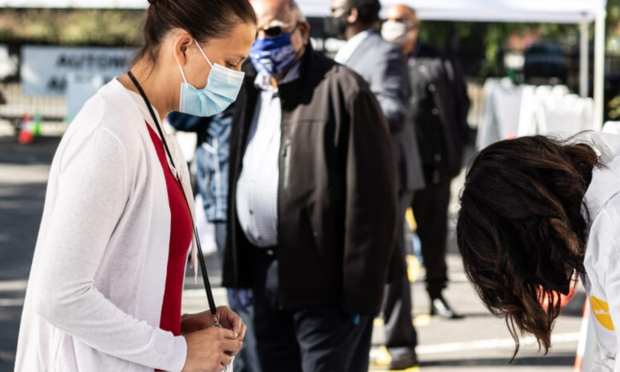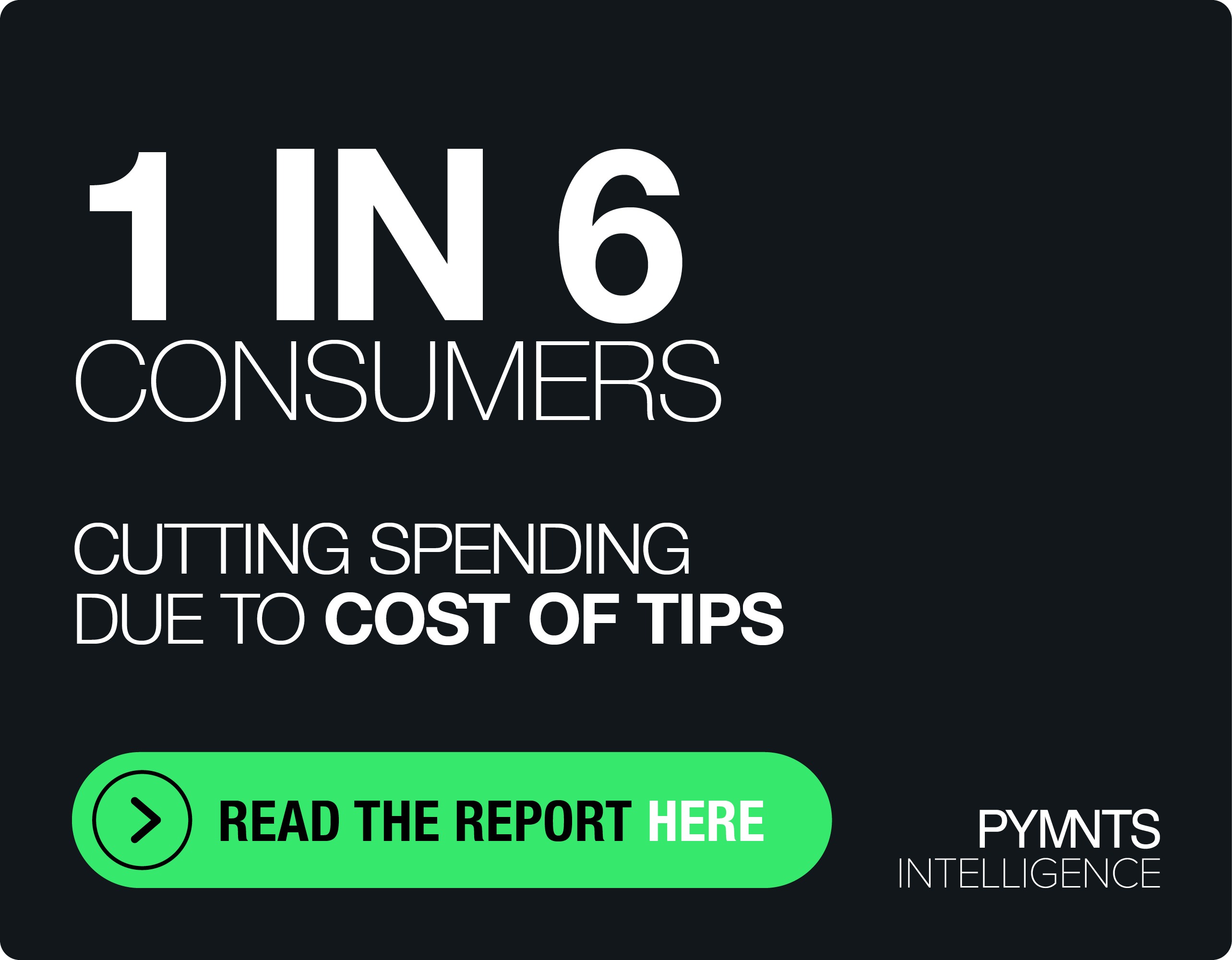Better Queuing Can Solve COVID-19 Vaccine’s Last Mile Problem

The pandemic has exposed the vulnerabilities of virtually every institution that underpins daily life — perhaps none so much as the U.S. healthcare system.
Hospitals have been strained. Testing can barely keep up with demand. Vaccine doses are left unused, and according to some anecdotes, they’ve been left to spoil.
The Centers for Disease Control and Prevention (CDC) has revised guidance, stating all individuals over the age of 65 should be vaccinated. Easier said than done, of course.
In an interview with Karen Webster, Othman Laraki, co-founder and CEO of healthcare tech firm Color Health, said the U.S. healthcare infrastructure is hardly equipped to handle the strain and stress of getting the doses where they need to go: widely trafficked avenues of commerce and social life where people naturally congregate.
Color Health said earlier this month that it had received $167 million in series D financing to help speed healthcare’s “last mile” of testing, drug and vaccine delivery — most urgently of COVID-19 vaccines.
At a high level, he said, the logistics problem confronting the system itself is “mystifying, but it’s also really not surprising.”
The system has failed at key points, he maintained, when it comes to managing programs aimed at preventing early-onset diabetes, cancer or even boosting mental health services. Up until now, he told Webster, “the brokenness of it all was sort of stretched in time and space. It’s hard to solve these problems, but they felt diffuse, and it’s felt like a ‘boiling the ocean’ sort of challenge.”
But the intensity and the compressed timeframe of the current pandemic has shone a spotlight on the problem of scale. Call it not just a broad problem (in that it is nationwide), but a local one, too.
The most pressing issues confronting the vaccines are not tied to the medicine itself — but to scale, especially in reaching populations that do not have easy access to care. The hourly worker does not have the ability to take time off work in the middle of the day to get the shots. The farm worker or rural family may not be located near a clinic or traditional provider.
“That’s the challenge of public health,” said Laraki. “It’s not a big science problem, but it is a logistics and simplicity problem.”
But past may be prologue, and Laraki said the private sector has a history of stepping in to help solve last mile issues. There has been the continued emergence of urgent care clinics and the growth of minute clinics at CVS and Walgreens locations across the country. In theory, at least, going to get the COVID-19 vaccine should be like going to CVS to get your flu shot.
In taking that path, Laraki said he hopes the system can overcome some of the difficulties that have plagued the testing environment here in the states, where policies are set in place but there is no mechanism to implement those policies. We have fewer vaccinations than we would like right now, he said, but even with the relatively small amount in hand, we have not as a nation been able to take it all across the last mile.
Of the initial vaccination efforts to date, he said, “it’s kind of mind-boggling to me that in such a short window of time, we are making the exact same mistake twice. In the beginning of the testing, we wasted several months with the assumption that health systems were going to fix it. The reality is no health system in the U.S. thinks of public health as their job.”
To that end, Laraki said, the entire mindset surrounding healthcare itself needs to shift a bit. Here in the U.S., we’ve gotten used to thinking of healthcare with a mental model that pictures hospitals and doctors’ offices, copays and insurance. But that’s not ideal. He pointed to countries like Israel where healthcare, vaccinations and testing are “pushed out” to schools, workplaces and even houses of worship. In other words, places where people congregate daily and in large numbers. (The workplace is a key aggregation point, he noted.)
Public-Private Partnerships
Joint efforts between public and private enterprises will be critical, he said, pointing to Color’s own work with the state of California (and 70 percent of the testing in San Francisco), where the company has been enabling schools to do tests for staff and students.
With the vaccines, he said, “as we start moving to different tiers, different counties, different locations, we’ll progress through their tiers at different rates.”
Drilling down into the mechanics of the Color Health model, he said the platform has building blocks that craft a single, generalized queue that is matched with locations (participants enroll with URLs or program codes). The platform matches supply and demand through load balancing, informing individuals when and where tests are available (and where there will not be a mad crush to get them).
He likened the high-tech approach to that of Amazon, where upon ordering an item, recipients know just when it will arrive.
He stated that the company’s testing efforts have enabled 97 percent of Color-run COVID-19 tests to come back in less than 24 hours.
Looking ahead, he said, as the vaccine becomes a widespread part of the healthcare system — with a wider reach than, say, the flu vaccine (where only half of the population gets those shots) — such logistics and last mile endeavors will become easier to manage. Distribution will have already been developed and streamlined.
One long lasting reverberation, he predicted: “I think the pandemic is going to change the way we think about infectious disease.”
